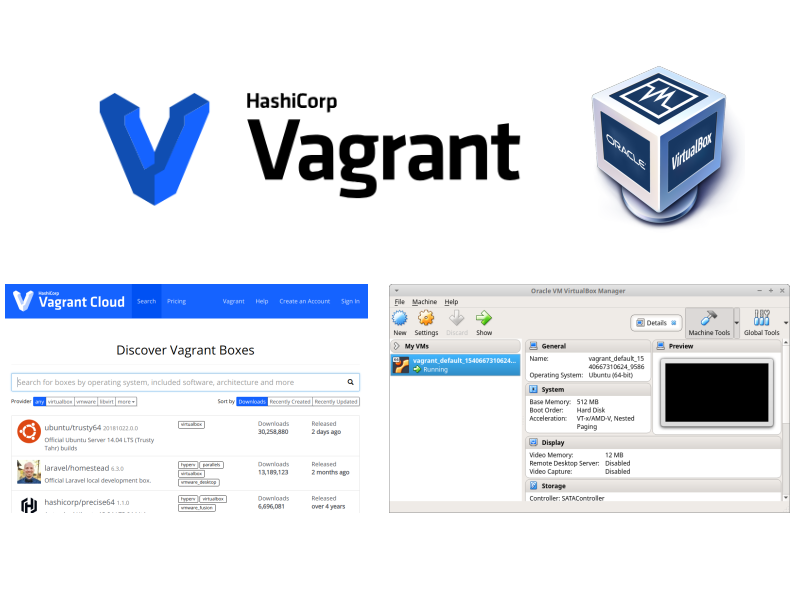

Up-to-date (use "vagrant global-status -prune" to prune invalidĮntries). This data is cached and may not be completely The above shows information about all known Vagrant environments Get the vagrant VM id, to do that run: $ vagrant global-statusĨ94d683 my-fedora virtualbox running ~/vms/my-fedora To avoid that behavior, what I implement is an automator workflow, here are the steps: Version: 'conmon version 2.0.21, commit: 0f53fb68333bdead5fe4dc5175703e22cf9882ab'Īlso, you can start running podman commands as you run them in docker: $ podman imagesĪt this point we have installed everything that we need to start using podman on our MacOS, but podman only work if the Linux VM is up & running, otherwise you will receive an error similar to this: $ podman imagesĮrror: Cannot connect to the Podman socket, make sure there is a Podman REST API service running.: failed to create sshClient:Ĭonnection to bastion host (ssh:// :2222/run/user/1000/podman/podman.sock) failed.: dial tcp 127.0.0.1:2222: connect: connection refused Now we can test the connection with the command: $ podman info We can verify that the connection is in place with the command: $ podman system connection list $ podman system connection add my-fedora ssh:// :2222 -identity ~/.ssh/id_rsa.pub

$ podman system connection add ssh:// :2222 -identity To do that, we need can add a connection by using the podman system connection add command. The first step in using the Podman remote client is to configure a connection. In order for the client to communicate with the server you need to enable and start the SSH daemon on the Linux VM: $ sudo systemctl enable -now sshd You can verify that the socket is listening with a simple Podman command. We can enable and start the service permanently, using the following commands: $ systemctl -user enable -now podmanĪlso, we will need to enable linger for this user in order for the socket to work when the user is not logged in.
#Install vagrant for mac install#
Installing podman sudo dnf -enablerepo=updates-testing install podman libvarlink-util libvarlink

We will need to connect via ssh to our vagrant VM, in order to do it passwordless, we will create a ssh-key, the commands for that are: $ ssh-keygen -t rsa -b 4096 -C "podman+vagrant"Įnter file in which to save the key (/Users//.ssh/id_rsa):Įnter passphrase (empty for no passphrase): To install podman remote client on MacOS, we use Homebrew $ brew install podman From the client’s point of view, it seems like Podman runs locally.The Podman commands are executed on the Linux VM.It then connects to the Podman service by using systemd socket activation.On our MacOS, when you execute a Podman command: We need Podman installed on a Linux VM that also has the SSH daemon running. The remote client uses a client-server model.

To use podman on macOS, we need to implement the remote client to manage container using a Linux as a backend. That been said, the core of podman only runs in Linux! Open Containers Initiative ( OCI) Containers and Container Images. Podman is a daemonless, open source, Linux native tool designed to make it easy to find, run, build, share and deploy applications using


 0 kommentar(er)
0 kommentar(er)
